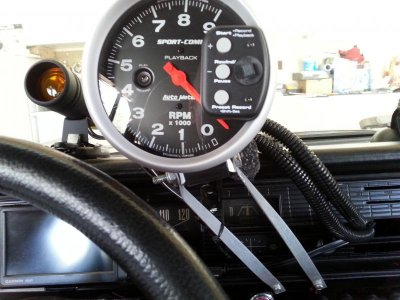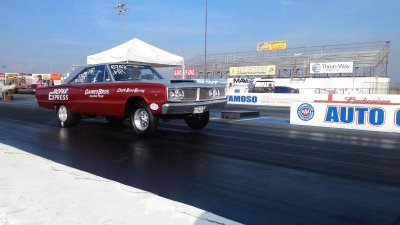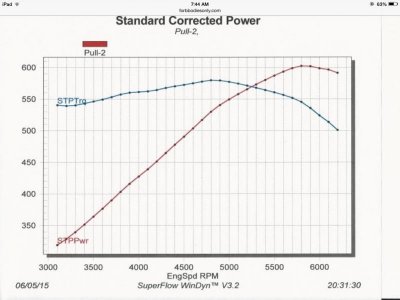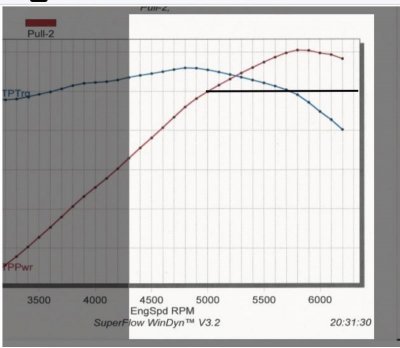Mike Gaines
Well-Known Member
- Local time
- 9:06 AM
- Joined
- Apr 17, 2014
- Messages
- 2,101
- Reaction score
- 4,342
- Location
- Ahwahnee, (Fresno) California
 If your dyno sheet shows maximum horsepower, let's say, at 6000RPM should you actually shift at 5800 (or so) so that the shift goes thru at 6000 or should you actually shift at 6000 and then the shift would not complete until about 6200.
If your dyno sheet shows maximum horsepower, let's say, at 6000RPM should you actually shift at 5800 (or so) so that the shift goes thru at 6000 or should you actually shift at 6000 and then the shift would not complete until about 6200.(Note: I am not questioning how long it takes your tranny to execute the shift just if you should have the motor shifted into the next gear right at the Max Horsepower RPM OR go past the Max Horsepower RPM and then shift)
In other words, should you run your motor just up to the Max Horsepower RPM and then shift OR should you go OVER the Max Horsepower RPM and then shift.
This is, of course, for the 1-2 shift and the 2-3 shift...nothing to do with high gear.
But...some people tell me it is good to get into high gear as soon as reasonably possible to have it start building RPM to go thru the lights and a higher MPH.
Please weigh in on this...thanks.


















